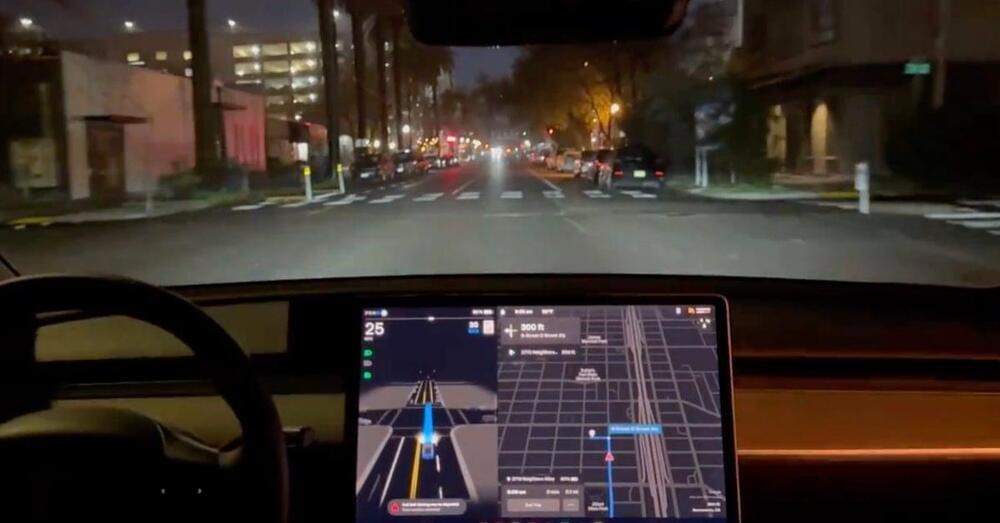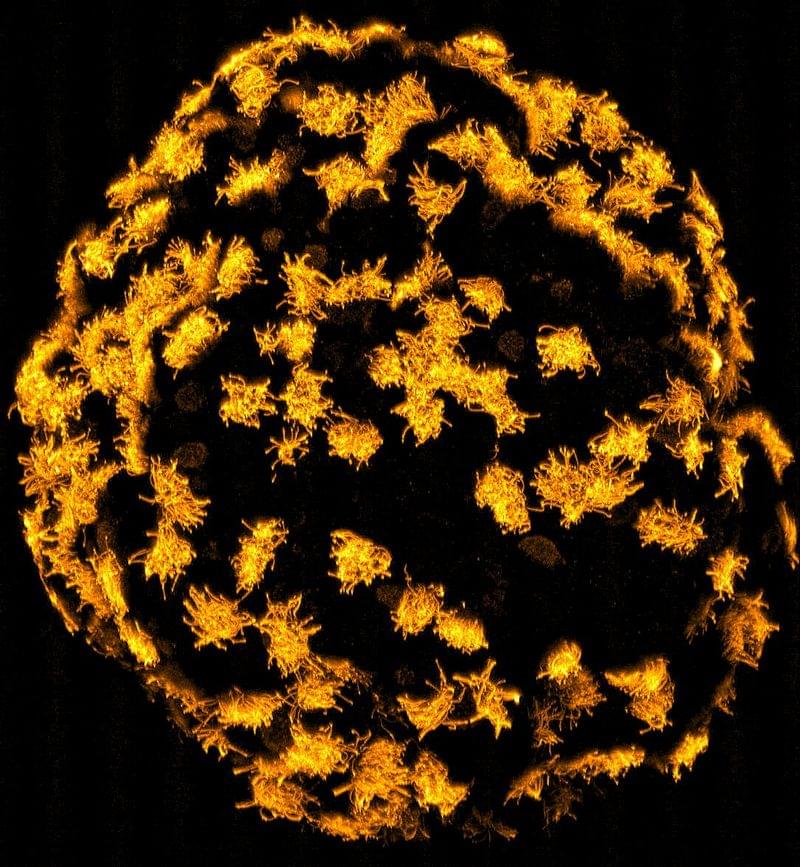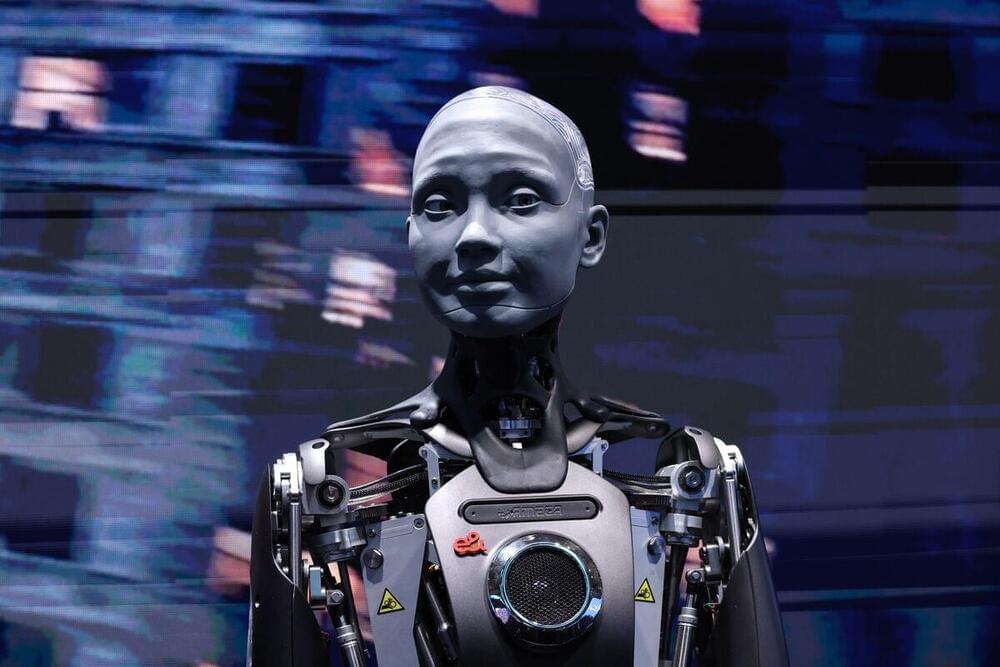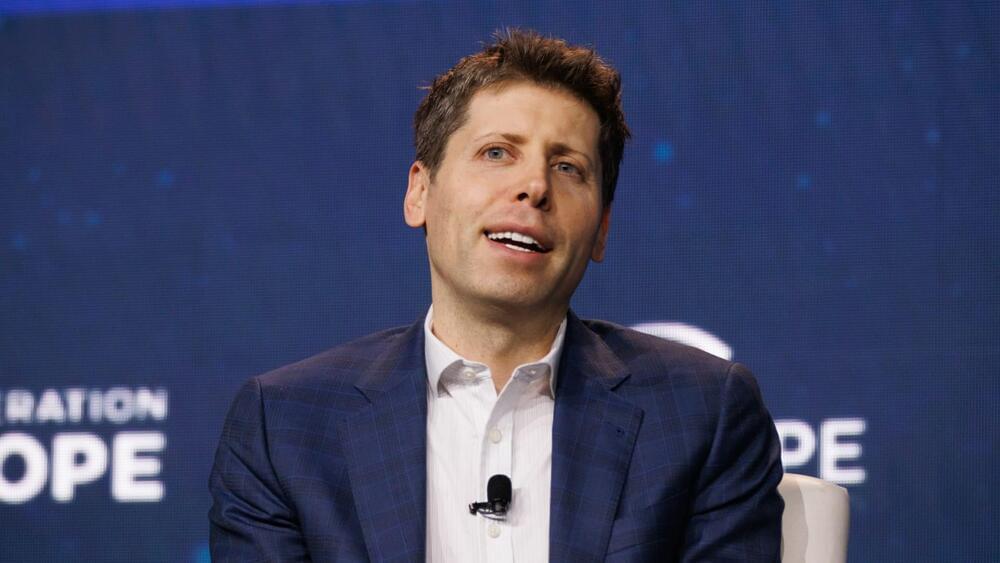Tesla has started to push a new Full Self-Driving Beta v12 software update. It’s still not going wide, there’s no new release note, but CEO Elon Musk says it’s a “big release”
When talking about Tesla’s Full Self-Driving program, it’s hard not to talk about delays.
Tesla fans would argue that the company is trying to solve a major problem in self-driving and we should cut it some slack when it comes. The counter argument is that Tesla started selling Full Self-Driving since 2016 and by doing it, it created pressure on itself to deliver on its promise.






